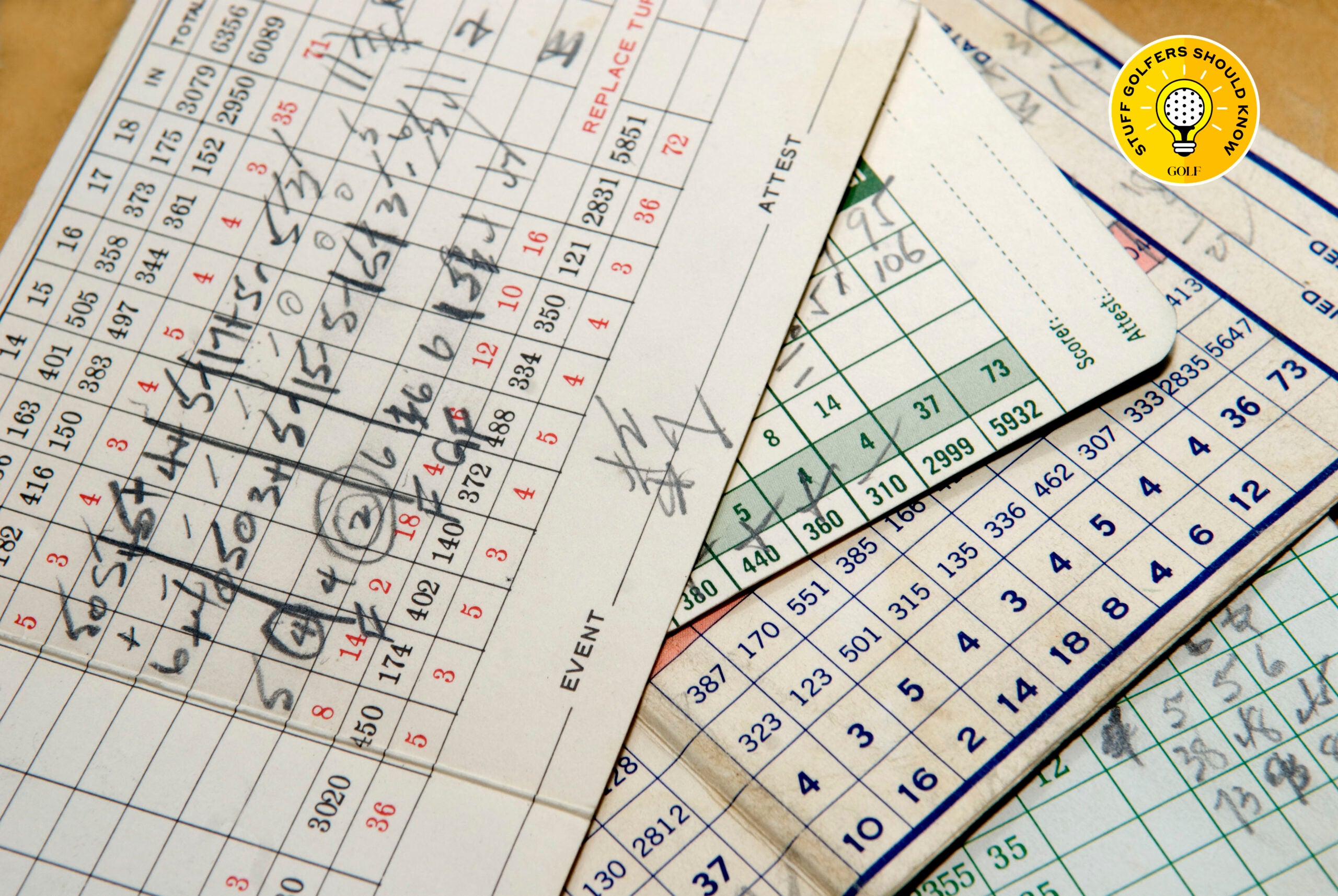Grain — the grabby stuff that golfers love to grouse about, blamed for everything from missed putts to flubbed chips.
“The grain got him that time, Johnny,” you’ve heard announcers say.
But did it, really? And what exactly is grain? What impact does it have on the shots we play? And how should we adjust for it?
Those sound like good questions for an agronomist and a golf instructor. Mark Patterson is the superintendent at a pair of Florida courses (Legacy Golf Club at Lakewood Ranch and Serenoa Golf Club) and Scott Munroe is a GOLF Top 100 Teacher. We asked them for their read on grain.
What is grain?
We all have leanings. Turf does, too. Grain is the tendency of grass to grow horizontally in one or more directions. “And certain types exhibit more of it than others,” Patterson says. You’re more likely to encounter grain in common warm-climate grasses such as Bermuda, St. Augustine and paspalum, all of which have lateral growth habits, than you are in finer-textured, cool-climate grasses such as poa, bentgrass and fescue. Other factors, such as environmental conditions and maintenance practices, can also influence the amount of grain in grass. At high-end clubs and courses primped for elite tournament play, the turf is so pampered (with regular brushing and sanding and other care) that the grain is often minimal. Low mowing heights further minimize grain, as the grass is cut so tight that it essentially stands upright.
How grain affects shots
Thanks to advances in turf science — and increasingly sophisticated maintenance practices — grain is not as prominent a factor on many courses as it used to be. But while golfers — and golf announcers — tend to overstate its influence, Patterson says, grain still does have an impact. The phrases with the grain and against the grain exist for a reason. Balls roll and bounce slower when you putt and chip against the grain (and faster when you’re chipping or putting with the grain), just as the club has a greater chance of getting caught up in the grass. And, yes, it’s true: grain can also influence the amount of break in a chip or putt.
How to tell if it’s with you or against you
Contrary to popular perception, grain does not grow in the direction of the setting sun. But it does tend to grow in the direction of drainage. When in doubt, look for different shades of green in the grass. If the grass looks dark, it’s growing toward you (you’re playing against the grain). If it’s a lighter shade of green, the opposite applies. Late in the day, the grass around the edge of the cup can be another indication. If one side of the cup looks browner or more worn down, that’s the direction the grain is growing.
How to putt against the grain
Some of the toughest putts, Munroe says, are uphill putts on fast greens against the grain. Dialing in the speed is just plain difficult. A lot of it comes down to practice. There’s no better way to develop feel. But for all the vagaries, this much is certain: you’re going to need to stroke the ball with more authority. For that, Munroe recommends a slightly tighter grip, which, he says, will give the putt “more pop.” It will also help keep the putter head moving forward if it happens to get caught up in the grain. Something similar applies on approach shots from the fairway when the grain is working against you: take a slightly firmer grip.
How to chip against the grain
You know that old saying about putting the ball back in your stance and pressing your hands forward? Well, forget it, Munroe says. He doesn’t recommend it when you’re chipping against the grain; it only increases the likelihood that you’ll stub the club and the leading edge will get caught up in the grabby grass. The better way to chip against the grain, Monroe says, is to not chip at all. Use a 3-wood or a hybrid instead, wielding the club as you would a putter. “What we’re most concerned with here is getting a clean strike,” Munroe says. “And this is the best way to guarantee that.” Speed control might be a challenge at the outset, but you’ll get a feel for it the more you practice, and you’ll eliminate the chunk from your repertoire.
How to pitch against the grain over a hazard
Playing a shot from around the green with a 3-wood or a hybrid is a reliable way to go, but it won’t work if there’s a bunker in your way. For a lofted shot, you’ll want a wedge. Here again, Munroe cautions against playing the ball back in your stance for the same grabby reasons noted above. Instead, address the shot with the ball positioned in the middle of your stance and your hands pressed ever-so-slightly forward. “You want to have the feeling that you’re just brushing the grass,” he says. The length of your backswing and finish will be dictated by the length of the shot itself. But if it’s a short, high shot, focus on the handle of the club moving left through impact.










